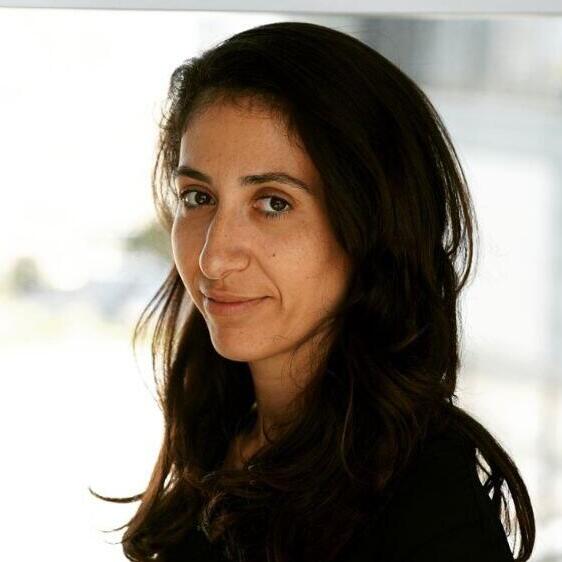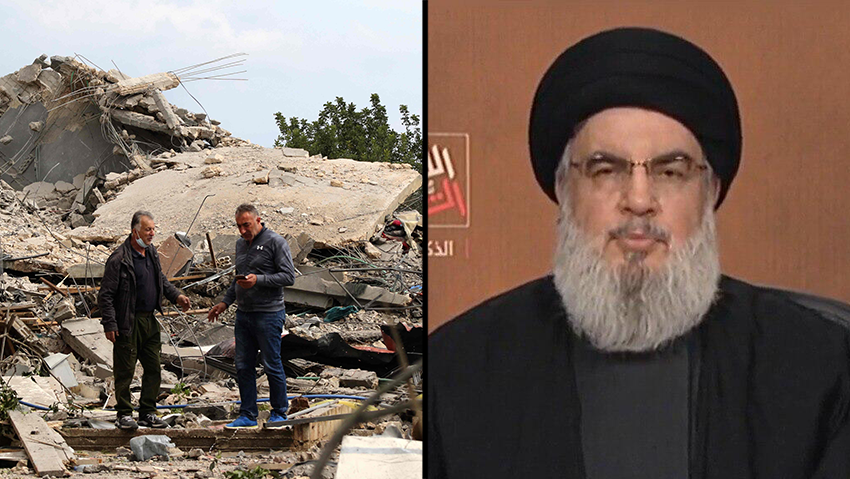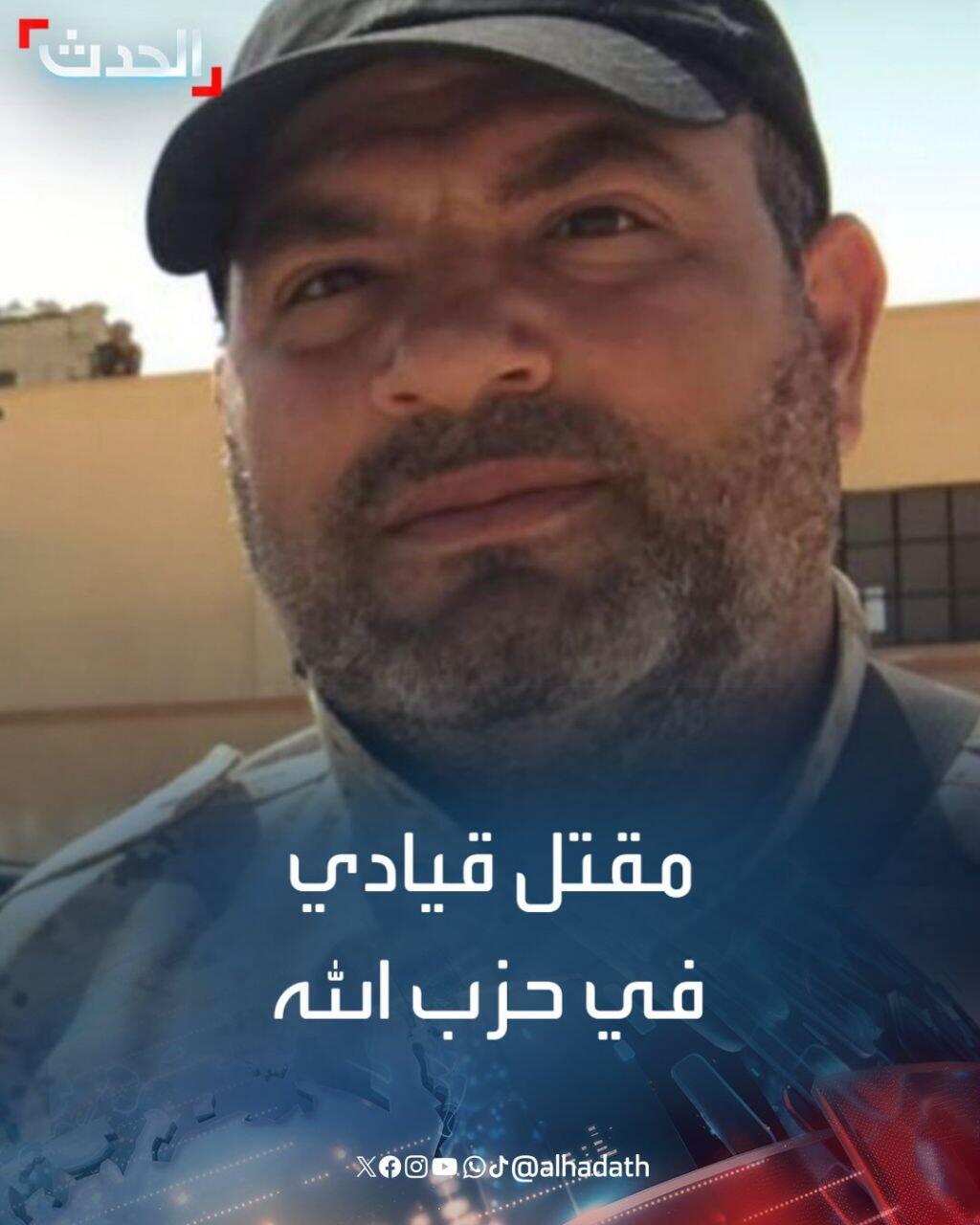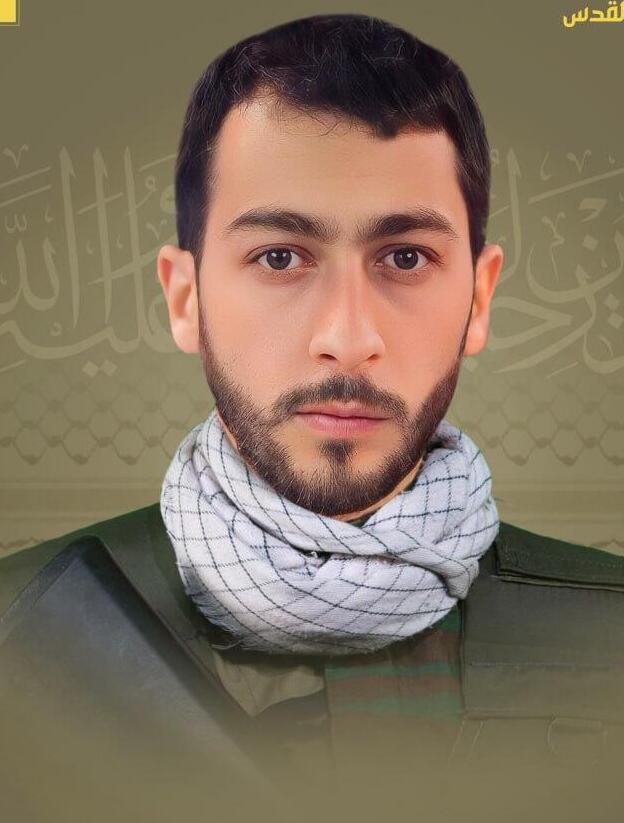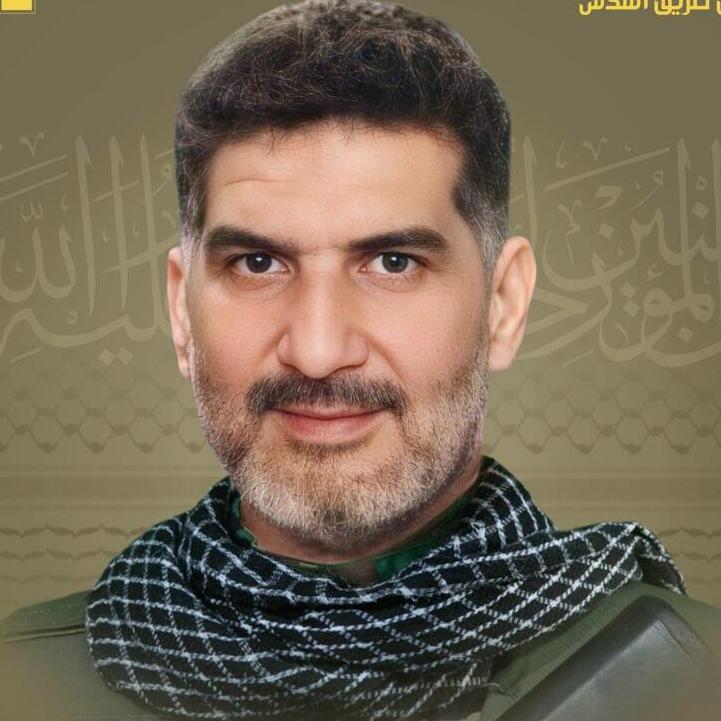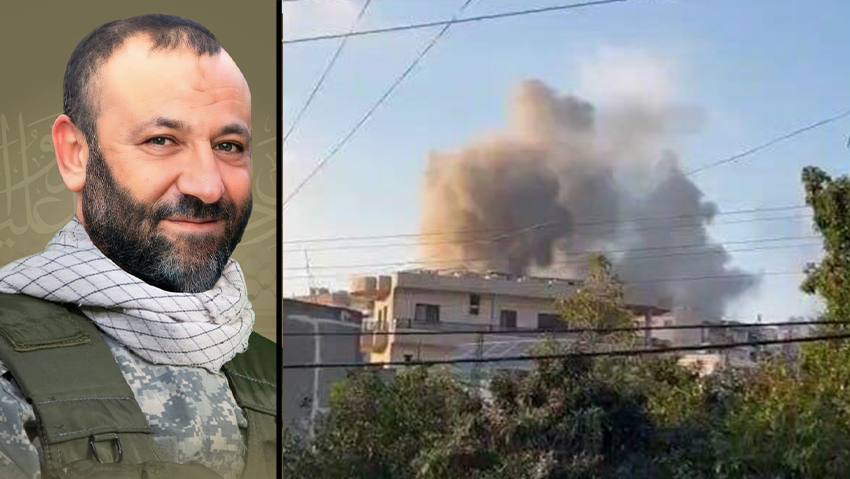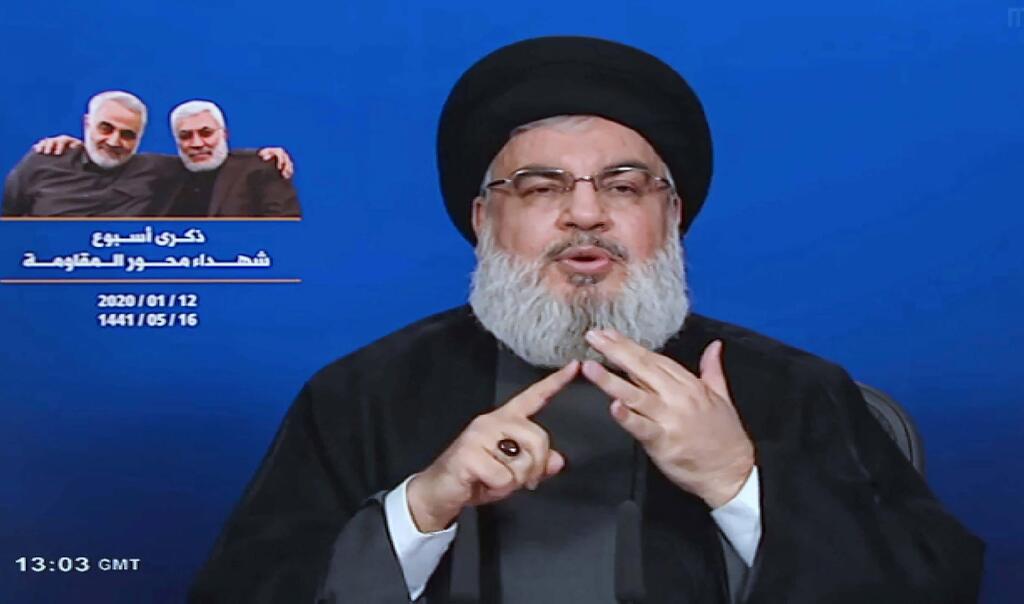Getting your Trinity Audio player ready...
Over six months since the war in the Gaza Strip began and expanded to the northern front with Hezbollah, resulting in significant losses among the Shiite terror group's ranks extending beyond Lebanon.
Hezbollah has confirmed the deaths of 280 operatives, but the IDF claims the number is much higher. The targeted strikes on vehicles of high-ranking commanders demonstrate the IDF's deep understanding of Hezbollah's hierarchy and key operational roles.
The army confirmed on Tuesday the deaths of two Hezbollah commanders during an operation in southern Lebanon's Ain Baal. Ismail Yusuf Baz, who led Hezbollah's Coastal Sector, was one of those killed. Reports indicate he was a seasoned and high-ranking member of Hezbollah's military wing, holding the position of a brigade commander.
The IDF noted that Baz had played a key role in coordinating and planning the launch of rockets and anti-tank missiles at Israel from Lebanon's coastal region. During the war, he also orchestrated various terrorist operations targeting Israel.
Footage circulating on Lebanese social media shows Baz's car engulfed in flames after an apparent drone strike.
The IDF later said it eliminated the head of the rocket and missile unit of the Western Sector of Hezbollah's elite Radwan Force Mohammed Mustafa Shhouri. The army said that this commander was instrumental in planning and executing numerous rocket attacks against Israeli civilian areas, working from both the central and western Lebanese regions. This attack also resulted in the death of another operative involved in Hezbollah's rocket and missile operations.
In early April, the IDF reported the targeted killing of Ali Ahmad Hussein, who led the Hajir offensive sector for Hezbollah's Radwan Force. The army described Hussein as a seasoned and high-ranking figure within the terror group, holding the position of a brigade commander.
His duties included orchestrating terror activities in the Ramim Ridge region, targeting the Israeli rear. The statement noted that Hussein had initiated numerous attacks on Israeli soil since the outbreak of the war. He was killed alongside two subordinates.
In late March, the IDF assassinated Ali Abdulhassan Na'im, the deputy commander of Hezbollah's rocket and missile unit. The army highlighted his role as a pivotal source of expertise within the organization, spearheading rocket strategies and heavy rocket launch operations against Israel.
Ismail Ali Al-Zain, another senior Radwan Force commander, was killed during a strike in the southern Lebanese town of Kounine in late March.
Several more senior Hezbollah figures were eliminated in February, including Ali Mohammed Dibes, a central commander in the Radwan force, and Hassan Mahmoud Saleh, who was killed in an airstrike attributed to the IDF in the southern Lebanese village of Kfar Roman. Saleh, equivalent in rank to a brigade commander, had extensive operational experience and had participated in attacks on various regions in northern Israel in recent months.
On February 12, the IDF confirmed it struck a car in southern Lebanon that it said was carrying Hezbollah operatives shortly after Saudi channel Al Hadath reported that Mohammad Alawiyeh, the commander of Hezbollah's Maroun a-Ras sector, was a passenger in the targeted vehicle. He was critically wounded in the attack and reportedly succumbed to his injuries on February 23.
In early January, the focus shifted to Hezbollah's elite Radwan Force after the targeted killing of Wissam al-Tawil in southern Lebanon. Tawil, reportedly a Radwan Force commander, was known for his role in conflicts throughout Syria and Lebanon. The Voice of the Capital, a Syrian opposition website, hinted at Tawil's familial ties to Hezbollah Secretary-General Hassan Nasrallah.
An airstrike near Tawil's funeral site killed Ali Hussein Burji, the regional commander of Hezbollah’s air unit in southern Lebanon, who was reputed for coordinating drone strikes against Israel. Hezbollah quickly denied the Israeli claims.
Since the onset of the war, other key figures linked with Hezbollah and the broader so-called "axis of resistance" have been eliminated, including prominent Hamas leader Saleh al-Arouri who was killed in a drone strike in Beirut in early January.
In January, Ali Mohammad Hodroj was reportedly killed in a strike in Lebanon. He was initially described as the commander of the Iranian Quds Force's Palestine division in the Tyre region of Lebanon. Later reports suggested he was a Hezbollah operative, a claim subsequently confirmed by the Shiite terrorist organization, which listed him as a casualty from its ranks.
In early March, three members of the Imam Hossein Division were reportedly eliminated. The Iranian-backed militia was formed by Qasem Soleimani, commander of the Iranian Revolutionary Guards' Quds Force who was eliminated in a U.S. drone strike in early 2020.
This group operates in conjunction with Hezbollah but is directly linked to Iran and comprises thousands of members from diverse national backgrounds throughout the Middle East. These individuals arrived in Lebanon to support Hezbollah's efforts against Israel.
Moreover, Hezbollah forces are present in Syria, where they contribute to the Iranian-led "axis of resistance."
Last month, Syrian media reported an Israeli strike near Aleppo in the northwest of the country. Arab and international reports indicated a historically high death toll from this strike, with at least 44 fatalities and numerous others wounded. The targets were reported to be a Hezbollah command center and arms storage facilities operated by pro-Iranian militias. Of those killed, seven were identified as Hezbollah operatives.



